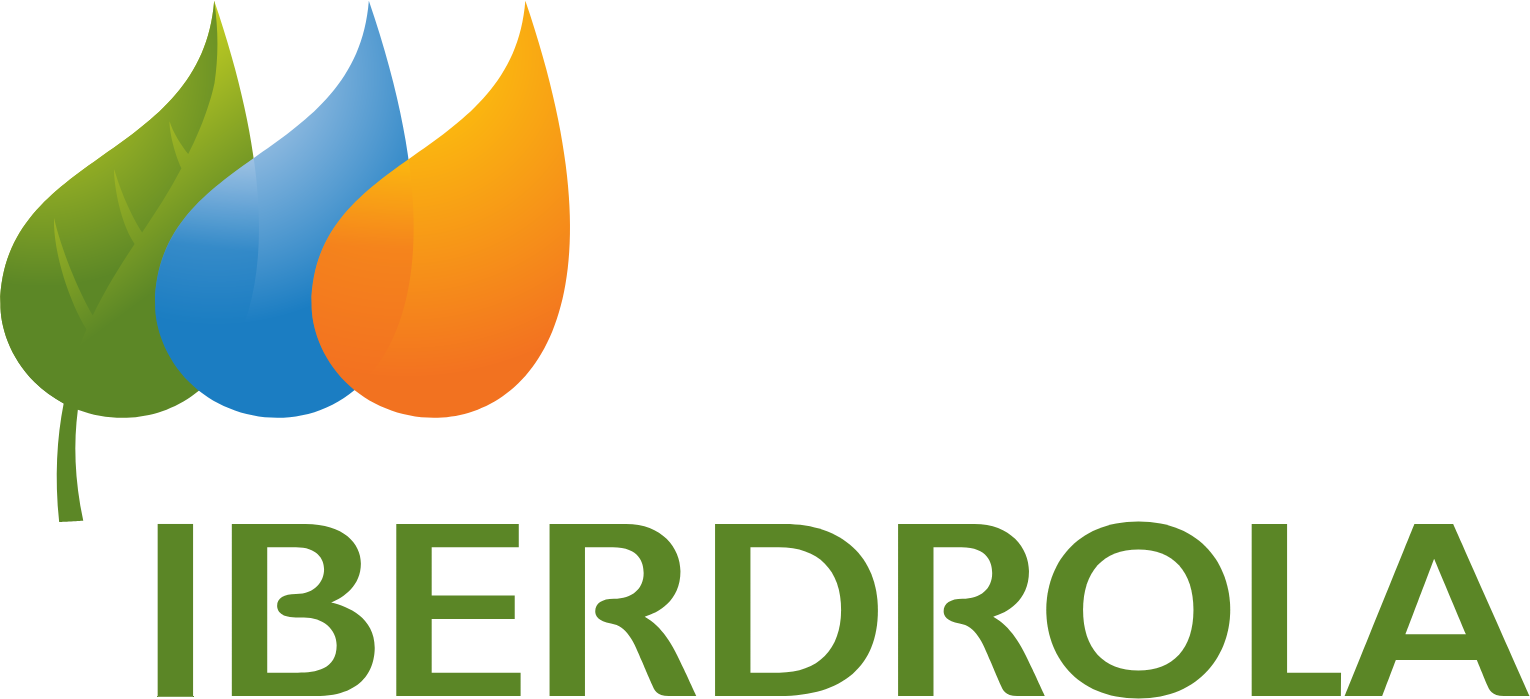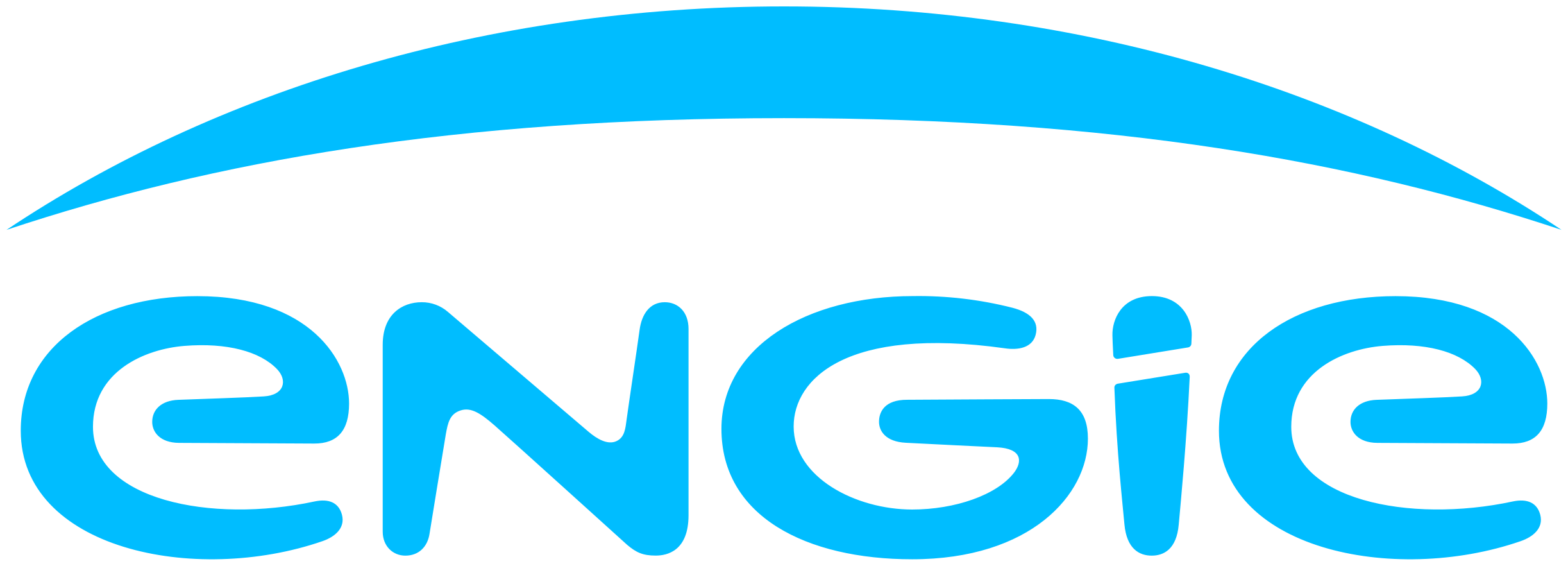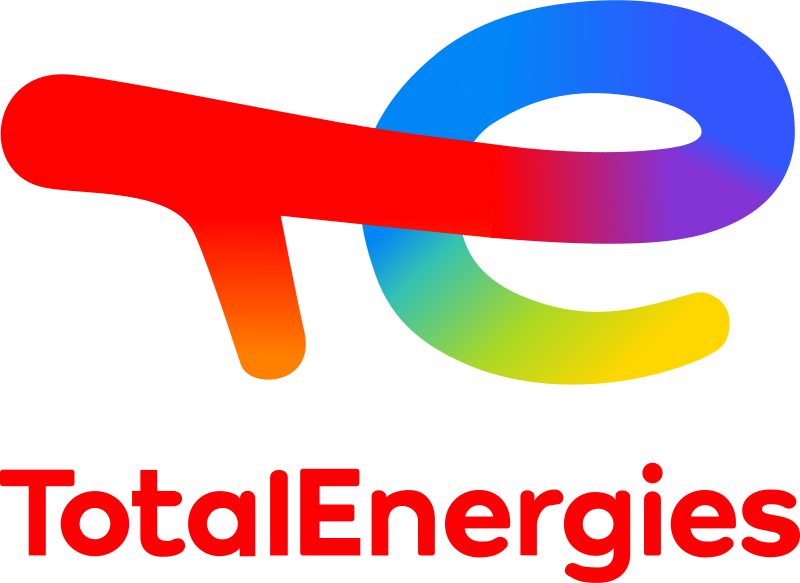Global Ring Main Unit Market: By Insulation Type, By Installation, By Voltage Rating, By Structure, By Application, By Region & Segmental Insights Trends and Forecast, 2024 – 2034
- Industry: Energy & Power
- Report ID: TNR-110-1176
- Number of Pages: 420
- Table/Charts : Yes
- June, 2024
- Base Year : 2024
- No. of Companies : 10+
- No. of Countries : 29
- Views : 10074
- Covid Impact Covered: Yes
- War Impact Covered: Yes
- Formats : PDF, Excel, PPT
A ring main unit (RMU) is a compact and versatile electrical distribution apparatus used in medium voltage networks to control and distribute electrical power. It consists of a set of switchgear components housed in a metal enclosure, including circuit breakers, disconnect switches, and earthing switches. RMUs are designed to be installed outdoors or indoors depending on application requirements, providing reliable protection and distribution of electricity to consumers.
They are commonly used in urban and industrial settings where space is at a premium, offering efficient and flexible solutions for ensuring grid reliability and operational safety. RMUs facilitate the management of power distribution by enabling the isolation of faulty sections of the network for maintenance or repair without disrupting the entire system. The robust construction and advanced features make RMUs integral to modern electrical distribution infrastructure worldwide.
The global emphasis on enhancing electrical grid reliability and resilience is driving the demand for ring main unit. RMUs are crucial components in modern distribution networks, particularly in urban and industrial areas where space is limited and electricity demand is high. Their compact design and ability to handle medium to high voltages make RMUs ideal for optimizing space and ensuring uninterrupted power supply. Additionally, the increasing integration of renewable energy sources like solar and wind necessitates grid infrastructures that can manage fluctuating power inputs efficiently.
RMUs facilitate this integration by enabling seamless switching and distribution of power, thereby supporting sustainable energy initiatives. Moreover, the automation and remote monitoring capabilities of RMUs contribute to operational efficiency, allowing utilities to respond quickly to network disturbances and optimize maintenance schedules, further driving their adoption globally.
In terms of revenue, the global ring main unit market was worth US$ 2.5 Bn in 2023, anticipated to witness CAGR of 7.8% during 2024 – 2034.

Global Ring Main Unit Market Dynamics
- Urbanization and Industrialization: Rapid urban growth and industrial expansion drive the demand for Ring Main Units (RMUs) globally. Urban areas require efficient electrical distribution networks to meet increasing power demands from residential, commercial, and industrial sectors. RMUs, with their compact size and ability to handle high voltages, are essential for optimizing space and ensuring reliable electricity supply in densely populated urban settings.
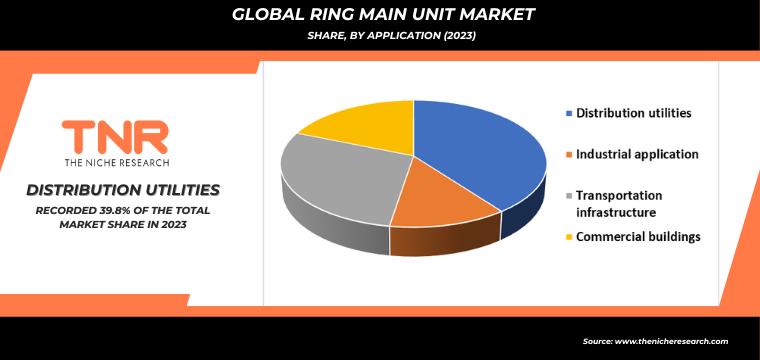
- Renewable Energy Integration: The shift towards renewable energy sources like solar and wind necessitates advanced RMUs capable of managing intermittent power generation. RMUs enable seamless integration of renewable energy into existing grids, ensuring grid stability and reliability by managing power fluctuations and enhancing energy efficiency.
- Grid Modernization Initiatives: Governments and utilities worldwide are investing in grid modernization to improve reliability, reduce losses, and incorporate smart grid technologies. RMUs play a crucial role in these initiatives by enhancing grid resilience, enabling remote monitoring and control, and supporting adaptive grid management strategies.
- Technological Advancements: Ongoing advancements in RMU technology, such as the development of compact designs, enhanced automation capabilities, and improved insulation materials, drive market growth. These innovations improve operational efficiency, reduce maintenance costs, and extend equipment lifespan, appealing to utilities seeking sustainable and cost-effective solutions.
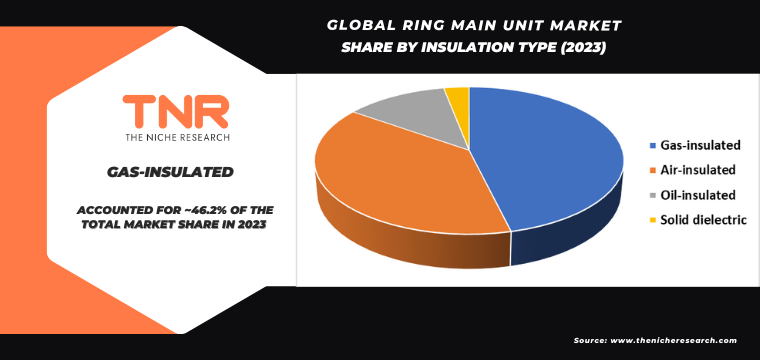
By Installation Outdoor Segment had the Highest Share in the Global Ring Main Unit Market in 2023.
The expansion and upgrade of electrical distribution networks in urban and rural areas. Outdoor RMUs are favored for their robust design and ability to withstand harsh environmental conditions, offering reliable performance in diverse climates. They play a critical role in enhancing grid resilience and reliability, especially in regions prone to extreme weather events. Another driving factor is the increasing adoption of renewable energy sources and the need to integrate these into existing grids efficiently.
Outdoor RMUs facilitate the distribution and management of power generated from solar, wind, and other renewable sources, supporting the transition towards cleaner energy systems. Moreover, the automation and remote monitoring capabilities of outdoor RMUs contribute to operational efficiency, enabling utilities to optimize maintenance schedules and respond swiftly to network disturbances. As utilities worldwide prioritize grid modernization and resilience, outdoor RMUs emerge as essential components in ensuring stable and sustainable electricity distribution infrastructure.
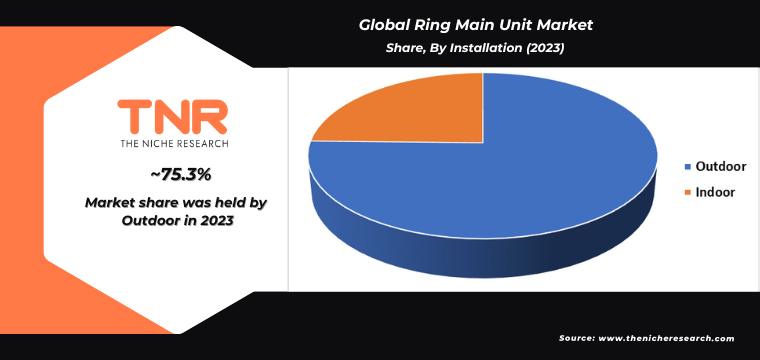
By Application Distribution Utilities Segment had the Highest Share in the Global Ring Main Unit Market in 2023.
Distribution utilities worldwide are increasingly turning to Ring Main Units (RMUs) as a pivotal solution to modernize aging infrastructure and meet evolving energy demands. One of the primary demand drivers for RMUs among distribution utilities is the need for enhanced reliability and efficiency in electricity distribution networks. RMUs offer significant advantages such as compact design, ease of installation, and flexibility in expanding network capacities, making them ideal for urban areas where space is limited and demand is high.
Moreover, the rising integration of renewable energy sources like solar and wind necessitates a more resilient and adaptive grid system, where RMUs play a crucial role in maintaining grid stability and managing intermittent power flows. Additionally, the automation capabilities of RMUs enable utilities to remotely monitor and manage distribution networks, optimizing operations and reducing downtime. As utilities globally prioritize grid modernization and reliability improvements, RMUs emerge as a strategic investment to ensure sustainable and efficient electricity distribution infrastructure for future demands.

Asia-Pacific Region is projected as the fastest growing region in the Ring Unit Market During the Forecasted Period.
Rapid urbanization and industrialization across countries like China, India, and Southeast Asian nations have substantially increased the need for reliable and efficient electrical distribution networks. Additionally, the ongoing expansion of smart grid technologies and renewable energy projects in these countries necessitates the deployment of advanced RMUs to ensure seamless integration and operational efficiency. Government initiatives and investments in upgrading aging infrastructure, coupled with the rising awareness of the importance of energy efficiency and grid reliability, further bolster the RMU market. Moreover, the increasing demand for uninterrupted power supply in residential, commercial, and industrial sectors underscores the critical role of RMUs in modern electrical distribution systems, making them a pivotal component in the region’s energy strategy.
China and India are leading demand for ring main unit, accounting for over 50% of the regional market share due to their aggressive grid expansion and modernization projects. Additionally, Southeast Asian countries are witnessing increased investments in renewable energy sources, further propelling RMU adoption. Government policies aimed at enhancing energy efficiency and grid reliability are significant contributors to this growth, highlighting the crucial role of RMUs in the region’s energy infrastructure strategy.
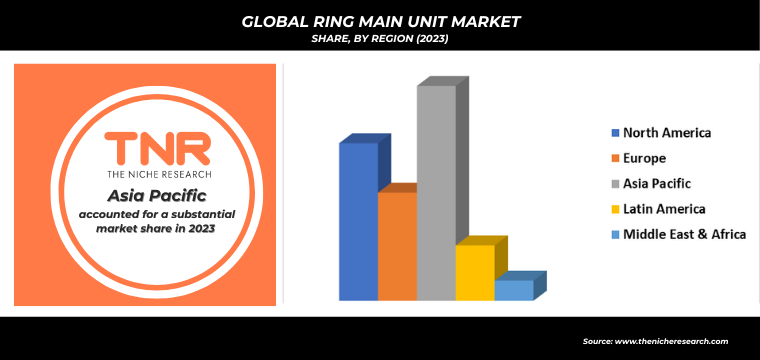
Competitive Landscape: Global Ring Main Unit Market:
- ABB Ltd.
- Alfanar Group
- Eaton Corporation plc
- ENTEC Electric & Electronic Co. Ltd.
- EPE Switchgear (M) Sdn. Bhd.
- Larsen & Toubro Ltd.
- LS Electric Co. Ltd.
- Lucy Electric UK Ltd.
- Schneider Electric SE
- Siemens AG
- TIEPCO
- Other Industry Participants
Global Ring Main Unit Market Scope
| Report Specifications | Details |
| Market Revenue in 2023 | US$ 2.5 Bn |
| Market Size Forecast by 2034 | US$ 5.7 Bn |
| Growth Rate (CAGR) | 7.8% |
| Historic Data | 2016 – 2022 |
| Base Year for Estimation | 2023 |
| Forecast Period | 2024 – 2034 |
| Report Inclusions | Market Size & Estimates, Market Dynamics, Competitive Scenario, Trends, Growth Factors, Market Determinants, Key Investment Segmentation, Product/Service/Solutions Benchmarking |
| Segments Covered | By Insulation Type, By Installation, By Voltage Rating, By Structure, By Application, By Region |
| Regions Covered | North America, Europe, Asia Pacific, Middle East & Africa, Latin America |
| Countries Covered | U.S., Canada, Mexico, Rest of North America, France, The UK, Spain, Germany, Italy, Nordic Countries (Denmark, Finland, Iceland, Sweden, Norway), Benelux Union (Belgium, The Netherlands, Luxembourg), Rest of Europe, China, Japan, India, New Zealand, Australia, South Korea, Southeast Asia (Indonesia, Thailand, Malaysia, Singapore, Rest of Southeast Asia), Rest of Asia Pacific, Saudi Arabia, UAE, Egypt, Kuwait, South Africa, Rest of Middle East & Africa, Brazil, Argentina, Rest of Latin America |
| Key Players | ABB Ltd., Alfanar Group, Eaton Corporation plc, ENTEC Electric & Electronic Co. Ltd., EPE Switchgear (M) Sdn. Bhd., Larsen & Toubro Ltd., LS Electric Co. Ltd., Lucy Electric UK Ltd., Schneider Electric SE, Siemens AG, TIEPCO |
| Customization Scope | Customization allows for the inclusion/modification of content pertaining to geographical regions, countries, and specific market segments. |
| Pricing & Procurement Options | Explore purchase options tailored to your specific research requirements |
| Contact Details | Consult With Our Expert
Japan (Toll-Free): +81 663-386-8111 South Korea (Toll-Free): +82-808- 703-126 Saudi Arabia (Toll-Free): +966 800-850-1643 United Kingdom: +44 753-710-5080 United States: +1 302-232-5106 E-mail: askanexpert@thenicheresearch.com
|
Global Ring Main Unit Market
By Insulation Type
- Gas-insulated
- Air-insulated
- Oil-insulated
- Solid dielectric
By Installation
- Outdoor
- Indoor
By Voltage Rating
- Up to 15 kV
- 16 to 25 kV
- Above 25 kV
By Structure
- Extensive
- Non-Extensive
By Application
- Distribution utilities
- Industrial application
- Transportation infrastructure
- Commercial buildings
By Region
- North America (U.S., Canada, Mexico, Rest of North America)
- Europe (France, The UK, Spain, Germany, Italy, Nordic Countries (Denmark, Finland, Iceland, Sweden, Norway), Benelux Union (Belgium, The Netherlands, Luxembourg), Rest of Europe)
- Asia Pacific (China, Japan, India, New Zealand, Australia, South Korea, Southeast Asia (Indonesia, Thailand, Malaysia, Singapore, Rest of Southeast Asia), Rest of Asia Pacific)
- Middle East & Africa (Saudi Arabia, UAE, Egypt, Kuwait, South Africa, Rest of Middle East & Africa)
- Latin America (Brazil, Argentina, Rest of Latin America)
Report Layout:
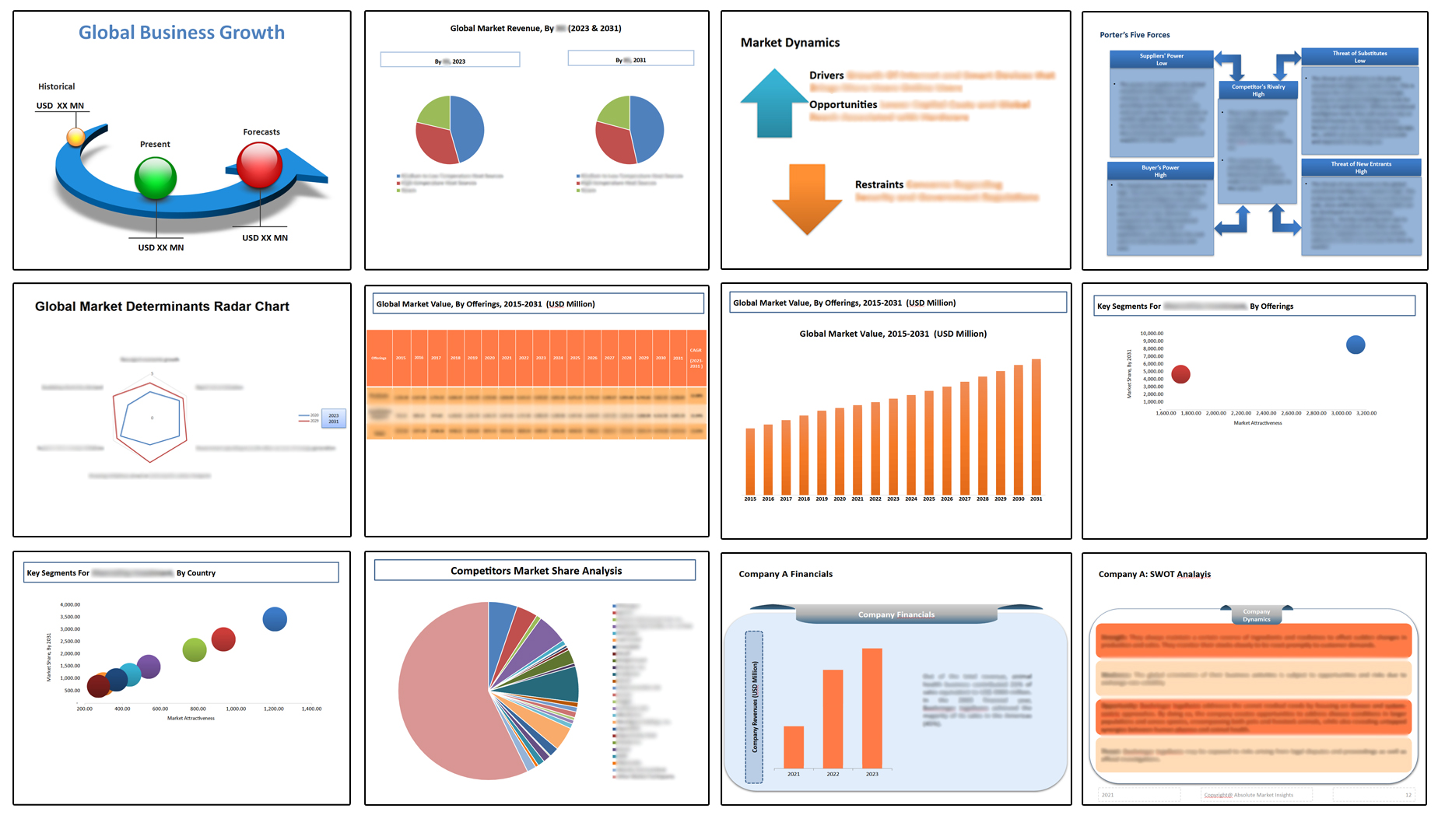
Table of Contents
Note: This ToC is tentative and can be changed according to the research study conducted during the course of report completion.
**Exclusive for Multi-User and Enterprise User.
Global Ring Main Unit Market
By Insulation Type
- Gas-insulated
- Air-insulated
- Oil-insulated
- Solid dielectric
By Installation
- Outdoor
- Indoor
By Voltage Rating
- Up to 15 kV
- 16 to 25 kV
- Above 25 kV
By Structure
- Extensive
- Non-Extensive
By Application
- Distribution utilities
- Industrial application
- Transportation infrastructure
- Commercial buildings
By Region
- North America (U.S., Canada, Mexico, Rest of North America)
- Europe (France, The UK, Spain, Germany, Italy, Nordic Countries (Denmark, Finland, Iceland, Sweden, Norway), Benelux Union (Belgium, The Netherlands, Luxembourg), Rest of Europe)
- Asia Pacific (China, Japan, India, New Zealand, Australia, South Korea, Southeast Asia (Indonesia, Thailand, Malaysia, Singapore, Rest of Southeast Asia), Rest of Asia Pacific)
- Middle East & Africa (Saudi Arabia, UAE, Egypt, Kuwait, South Africa, Rest of Middle East & Africa)
- Latin America (Brazil, Argentina, Rest of Latin America)
The Niche Research approach encompasses both primary and secondary research methods to provide comprehensive insights. While primary research is the cornerstone of our studies, we also incorporate secondary research sources such as company annual reports, premium industry databases, press releases, industry journals, and white papers.
Within our primary research, we actively engage with various industry stakeholders, conducting paid interviews and surveys. Our meticulous analysis extends to every market participant in major countries, allowing us to thoroughly examine their portfolios, calculate market shares, and segment revenues.
Our data collection primarily focuses on individual countries within our research scope, enabling us to estimate regional market sizes. Typically, we employ a bottom-up approach, meticulously tracking trends in different countries. We analyze growth drivers, constraints, technological innovations, and opportunities for each country, ultimately arriving at regional figures.Our process begins by examining the growth prospects of each country. Building upon these insights, we project growth and trends for the entire region. Finally, we utilize our proprietary model to refine estimations and forecasts.
Our data validation standards are integral to ensuring the reliability and accuracy of our research findings. Here’s a breakdown of our data validation processes and the stakeholders we engage with during our primary research:
- Supply Side Analysis: We initiate a supply side analysis by directly contacting market participants, through telephonic interviews and questionnaires containing both open-ended and close-ended questions. We gather information on their portfolios, segment revenues, developments, and growth strategies.
- Demand Side Analysis: To gain insights into adoption trends and consumer preferences, we reach out to target customers and users (non-vendors). This information forms a vital part of the qualitative analysis section of our reports, covering market dynamics, adoption trends, consumer behavior, spending patterns, and other related aspects.
- Consultant Insights: We tap into the expertise of our partner consultants from around the world to obtain their unique viewpoints and perspectives. Their insights contribute to a well-rounded understanding of the markets under investigation.
- In-House Validation: To ensure data accuracy and reliability, we conduct cross-validation of data points and information through our in-house team of consultants and utilize advanced data modeling tools for thorough verification.
The forecasts we provide are based on a comprehensive assessment of various factors, including:
- Market Trends and Past Performance (Last Five Years): We accurately analyze market trends and performance data from preceding five years to identify historical patterns and understand the market’s evolution.
- Historical Performance and Growth of Market Participants: We assess the historical performance and growth trajectories of key market participants. This analysis provides insights into the competitive landscape and individual company strategies.
- Market Determinants Impact Analysis (Next Eight Years): We conduct a rigorous analysis of the factors that are projected to influence the market over the next eight years. This includes assessing both internal and external determinants that can shape market dynamics.
- Drivers and Challenges for the Forecast Period:Identify the factors expected to drive market growth during the forecast period, as well as the challenges that the industry may face. This analysis aids in deriving an accurate growth rate projection.
- New Acquisitions, Collaborations, or Partnerships: We keep a close watch on any new acquisitions, collaborations, or partnerships within the industry. These developments can have a significant impact on market dynamics and competitiveness.
- Macro and Micro Factors Analysis:A thorough examination of both macro-level factors (e.g., economic trends, regulatory changes) and micro-level factors (e.g., technological advancements, consumer preferences) that may influence the market during the forecast period.
- End-User Sentiment Analysis: To understand the market from the end-user perspective, we conduct sentiment analysis. This involves assessing the sentiment, preferences, and feedback of the end-users, which can provide valuable insights into market trends.
- Perspective of Primary Participants: Insights gathered directly from primary research participants play a crucial role in shaping our forecasts. Their perspectives and experiences provide valuable qualitative data.
- Year-on-Year Growth Trend: We utilize a year-on-year growth trend based on historical market growth and expected future trends. This helps in formulating our growth projections, aligning them with the market’s historical performance.
Research process adopted by TNR involves multiple stages, including data collection, validation, quality checks, and presentation. It’s crucial that the data and information we provide add value to your existing market understanding and expertise. We have also established partnerships with business consulting, research, and survey organizations across regions and globally to collaborate on regional analysis and data validation, ensuring the highest level of accuracy and reliability in our reports.
